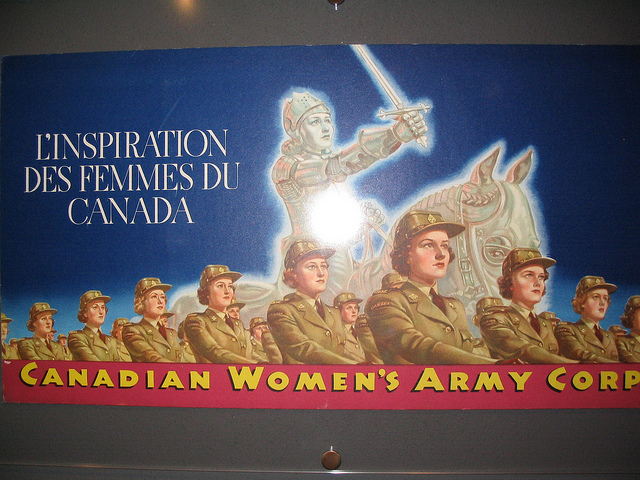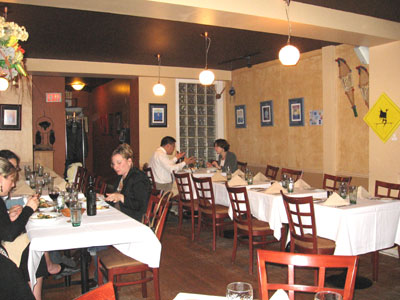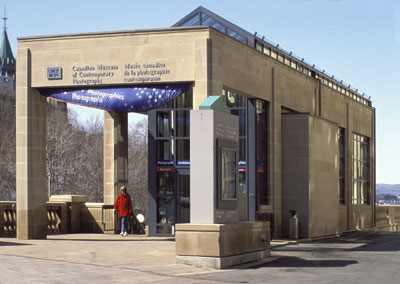My guide Eric also enlightened me on the Halifax explosion of 1917 when two ships collided in the Halifax harbour and one carried huge amounts of ammunition. This event represents the largest man-made explosion prior to the atomic bomb and much of Halifax was levelled.
Another exhibit displays gas masks used during World War I. When German soldiers used poison gas for the first time, French and British forces broke their own lines to escape, while a chemist on the front lines of the Canadian army realized that chances of survival could be increased by putting something humid on one’s face. As a result Canadians held their grounds in the face of gas attacks, contrary to the French and British counterparts.

Early gas masks
World War I also saw many technological innovations such as artillery canons and water-cooled machine guns. As a result of this heavy equipment, soldiers became less mobile and trench warfare came into being.
Gallery 3. Forged in Fire
This gallery explores Canada’s role in fighting dictatorships overseas during the Second World War. Canada contributed one of the largest armies in the world, on land, at sea and in the air in addition to providing important industrial and logistical support. A key artifact in this section is one of the last remaining parade cars of Adolf Hitler, an armour-plated black Mercedes convertible with bullet-proof windows, apparently the only one of its kind in existence in a public museum.

Hitler’s Mercedes convertible
My guide also pointed out the Wasp flamethrower which could generate flames of 90 m in length. To give you an idea of the size of these flames: the Peace Tower of the Canadian Parliament Buidlings is 92 m high, so this was indeed amazing firepower.
Particularly interesting exhibits from this era include a battlefield surgery kit that illustrates how primitive medical equipment and techniques were at this time. Another highlight is the pigsuit, a full body suit for pigs that was intended to investigate the protective capabilities of uniforms under wartime conditions. Pigs were used for this purpose as they have very similar genetic makeup to human beings.

Pigsuit
Gallery 4. A Violent Peace
This section of the Museum looks at the tenuous peace during the post-WWII Period where Canadian forces participated in a Cold War against the Soviet Bloc. During this era, Canada also took on a leading role as an international peacekeeping nation, a role from which Canada derives great pride.
The post-war era of the 1950s and 1960s was an era of great paranoia. A machine called an “electro-psychometer” (similar to a lie detector) was employed to determine the sexual orientation of civil servants. In this very conservative era homosexuality was a taboo and it was assumed knowledge of that fact could be used against an individual and force this person to collaborate with the enemy. The government intended to protect itself and subjected hundreds of civil servants to tests on this notoriously unreliable device, also referred to as the “fruit machine”.

The Electro-Psychometer, a.k.a “The Fruit Machine”




